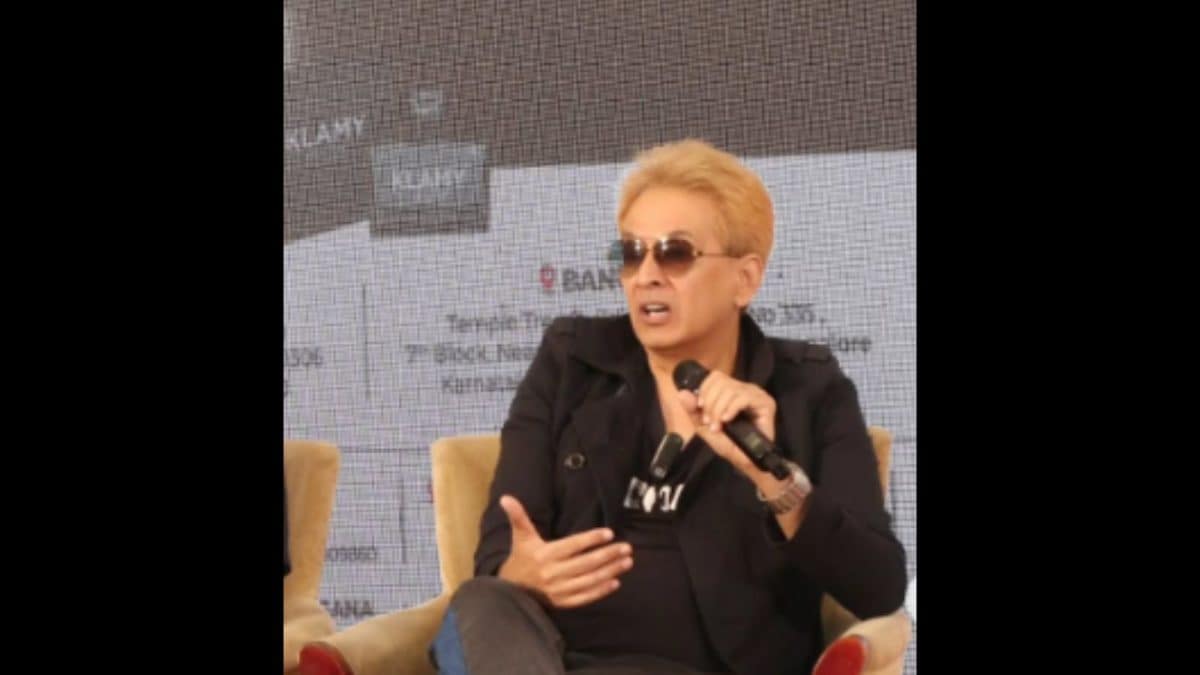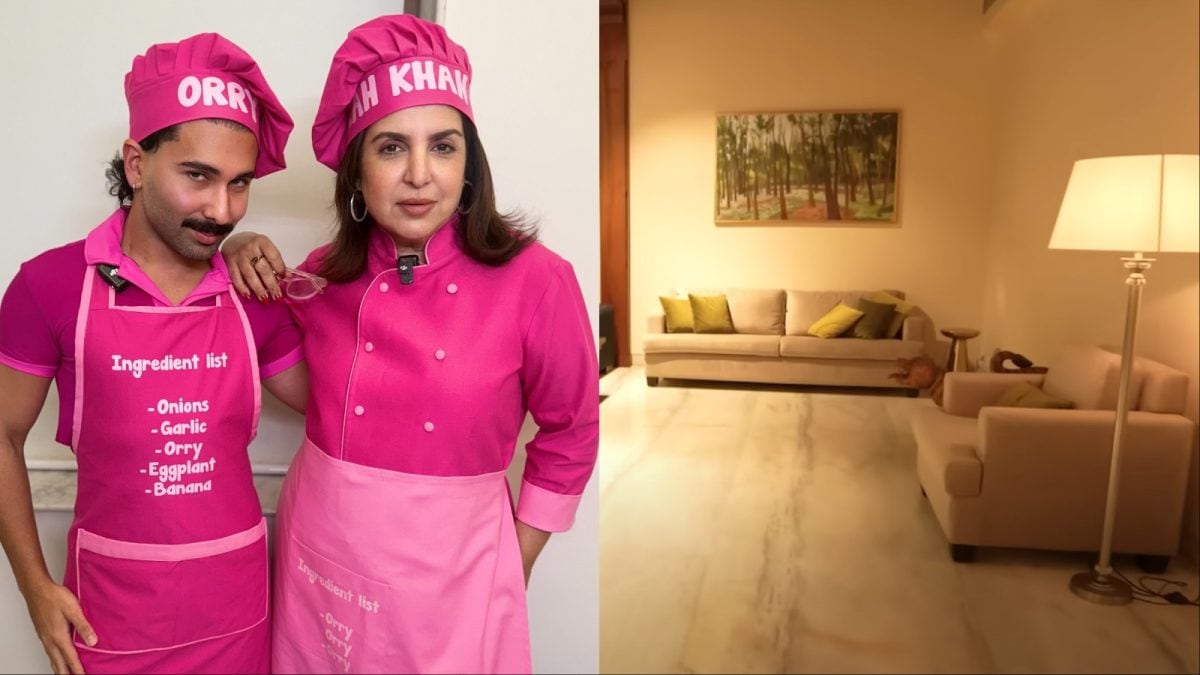Last Updated:
IML sales in Karnataka fell from 352 lakh litres (Apr–Sep 2023) to 345 lakh litres in 2024, and further to 342 lakh litres in the same 2025 period.

Comparative sales data reveals a noticeable slowdown in liquor consumption in Karnataka. (Representational Image)
A significant decline in the consumption of both Indian-Made Liquor (IML) and beer has been recorded in the state, with the Excise Department attributing the drop to the recent increase in excise duty.
Comparative sales data reveals a noticeable slowdown in liquor consumption. Between April and September 2023, the state recorded IML sales of 352 lakh litres. This figure dropped to 345 lakh litres during the same period in 2024 and further decreased to 342 lakh litres in the current 2025 period, indicating a downward trend in sales volumes.
Recommended Stories
The beer market has suffered an even more dramatic collapse. Sales have reportedly plunged by 19 per cent. While 242 lakh boxes of beer were sold between April and September last year (2024), the sales for the same period this year (2025) have fallen to 195 lakh boxes — a steep reduction of 47 lakh boxes.
The department noted that this decline in beer sales has been observed month-on-month.
Despite the reduction in sales volume, the state government’s excise revenue has continued to grow due to the higher duty rates. The department’s revenue rose from Rs 17,702 crore in the 2024 period to Rs 19,571 crore in the current 2025 period, showing that the increased tax on each unit of alcohol has successfully offset the loss in total units sold.
The Karnataka government implemented a hike in Additional Excise Duty (AED) on Indian-Made Liquor (IML) and beer starting mid-May 2025, marking the fourth such price increase in two years.
Under the revised structure, the AED on beer was raised from 195 per cent to 200 per cent of the production cost, leading to an expected price increase of Rs 10 to 15 per bottle for premium brands.
For the lower slabs of IML, which include cheaper brands of whisky, rum, and gin, the AED was also increased, causing a hike of up to Rs 15 per bottle in the most economical categories.
This move was primarily a strategy by the state government to meet its increased revenue targets, despite industry warnings that frequent duty hikes could negatively impact sales volumes and potentially push consumers towards illicit liquor trade.
About the Author

Harish Upadhya, an Assistant Editor at CNN-News18, reports from Bengaluru. Political reporting is his forte. He also tracks India’s space journey, and is passionate about environmental reporting and RTI investi…Read More
Harish Upadhya, an Assistant Editor at CNN-News18, reports from Bengaluru. Political reporting is his forte. He also tracks India’s space journey, and is passionate about environmental reporting and RTI investi… Read More
October 07, 2025, 12:53 IST
Loading comments…
Read More



